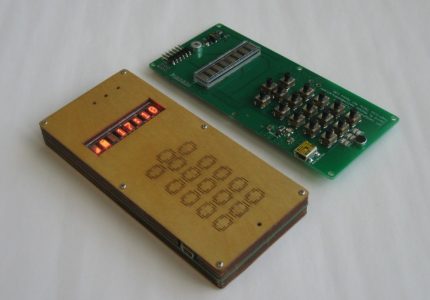
Cyber-Physical Systems and their Impact on Industrial Businesses
In today’s rapidly evolving technological landscape, the integration of physical and cyber systems has become increasingly prevalent. This convergence has given rise to a new paradigm known as Cyber-Physical Systems (CPS). CPS refers to the integration of physical processes with computational algorithms and networked communication, resulting in a symbiotic relationship between the physical and virtual worlds. This article explores the concept of CPS and its profound impact on industrial businesses.
CPS encompasses a wide range of applications, including manufacturing, transportation, energy, healthcare, and infrastructure. It leverages advanced technologies such as the Internet of Things (IoT), artificial intelligence (AI), big data analytics, and cloud computing to enable seamless interaction between physical components and digital systems. By bridging the gap between the physical and virtual realms, CPS offers numerous benefits for industrial businesses.
One of the key advantages of CPS is enhanced operational efficiency. By integrating physical processes with real-time data analytics and intelligent algorithms, businesses can optimize their operations, minimize downtime, and improve productivity. For example, in manufacturing plants, CPS enables predictive maintenance, where sensors embedded in machinery continuously monitor performance metrics. This data is then analyzed in real-time to predict potential failures or maintenance requirements, allowing businesses to proactively address issues before they escalate. This predictive maintenance approach not only reduces downtime but also extends the lifespan of equipment, resulting in significant cost savings.
Furthermore, CPS enables businesses to achieve greater flexibility and agility in their operations. With real-time monitoring and control capabilities, companies can quickly adapt to changing market demands or unforeseen circumstances. For instance, in supply chain management, CPS allows for dynamic rerouting of shipments based on real-time traffic conditions or weather patterns. This ensures timely delivery and minimizes disruptions, thereby enhancing customer satisfaction.
Another significant impact of CPS on industrial businesses is improved safety and risk management. By integrating physical systems with intelligent algorithms, CPS can identify potential hazards, mitigate risks, and enhance overall safety. For example, in the energy sector, CPS enables the monitoring and control of critical infrastructure such as power grids or oil refineries. Real-time data analysis helps detect anomalies or potential failures, allowing operators to take immediate corrective actions and prevent accidents.
Moreover, CPS facilitates the concept of smart cities, where urban infrastructure is interconnected and optimized for efficiency. By integrating various systems such as transportation, energy, and waste management, CPS enables cities to become more sustainable and livable. For instance, intelligent traffic management systems can optimize traffic flow, reduce congestion, and minimize carbon emissions. Similarly, smart energy grids can balance supply and demand, optimize energy consumption, and promote the use of renewable sources.
However, the adoption of CPS also poses certain challenges for industrial businesses. One of the primary concerns is cybersecurity. As CPS relies heavily on networked communication and data exchange, it becomes vulnerable to cyber threats. A breach in the system can have severe consequences, ranging from financial losses to compromising public safety. Therefore, businesses must prioritize robust cybersecurity measures to protect their CPS infrastructure.
Additionally, the implementation of CPS requires significant investments in terms of infrastructure, technology, and skilled workforce. Businesses need to ensure that they have the necessary resources and expertise to successfully deploy and manage CPS systems. Moreover, as CPS involves the integration of various components from different vendors, interoperability becomes a crucial factor. Standardization and compatibility between different systems are essential to ensure seamless integration and efficient operation.
In conclusion, Cyber-Physical Systems have revolutionized industrial businesses by integrating physical processes with computational algorithms and networked communication. The seamless interaction between the physical and virtual worlds offered by CPS enables enhanced operational efficiency, flexibility, safety, and risk management. It also paves the way for the development of smart cities and sustainable infrastructure. However, businesses must address challenges such as cybersecurity and interoperability to fully leverage the potential of CPS. As technology continues to advance, the impact of CPS on industrial businesses is expected to grow exponentially, driving innovation and transforming industries across the globe.





